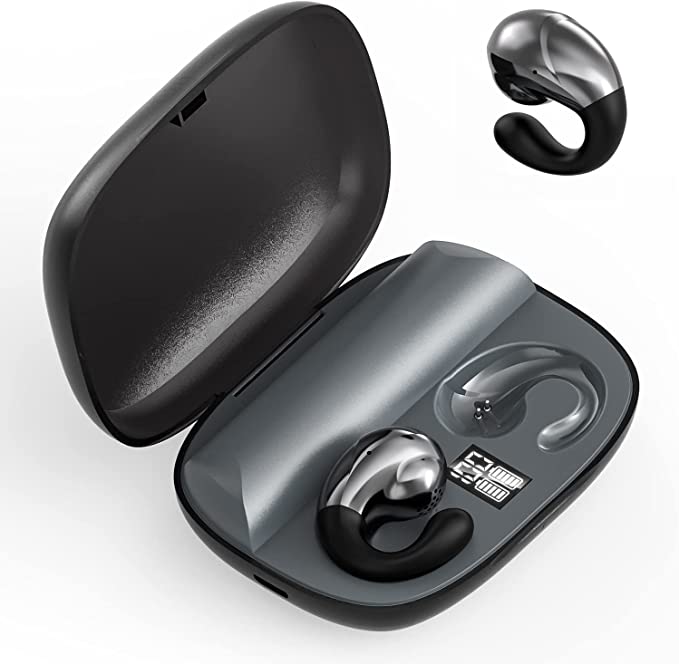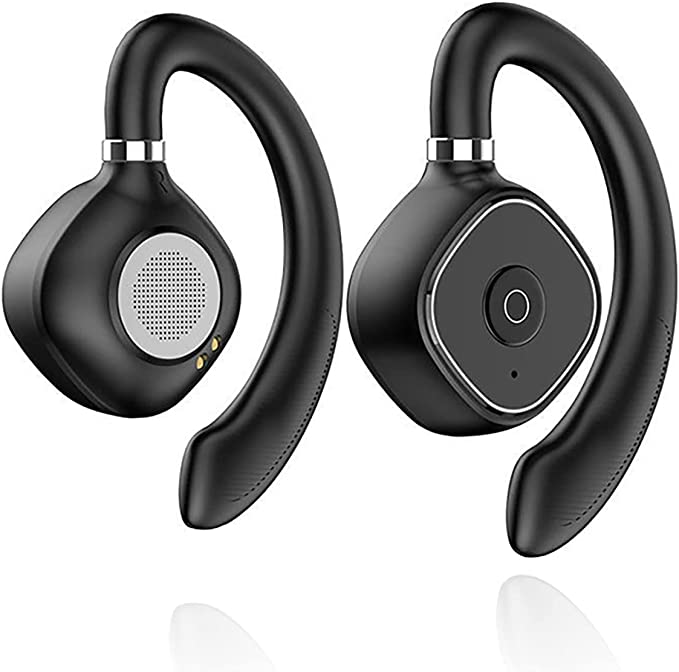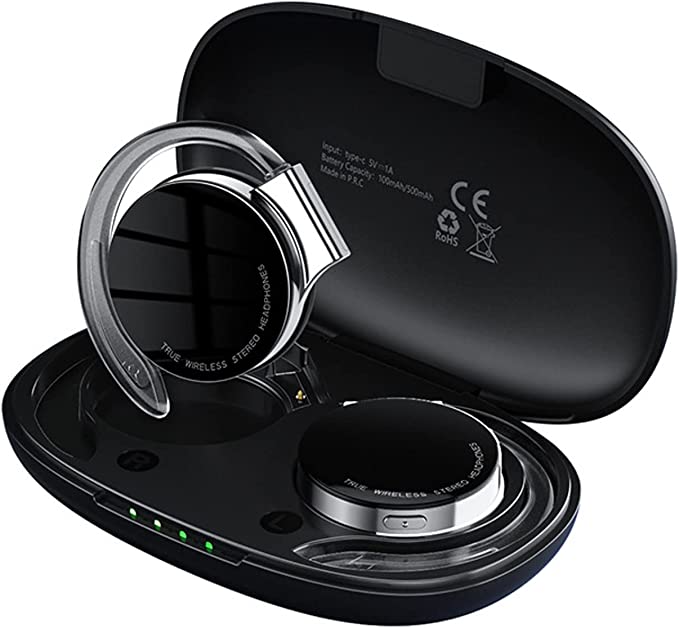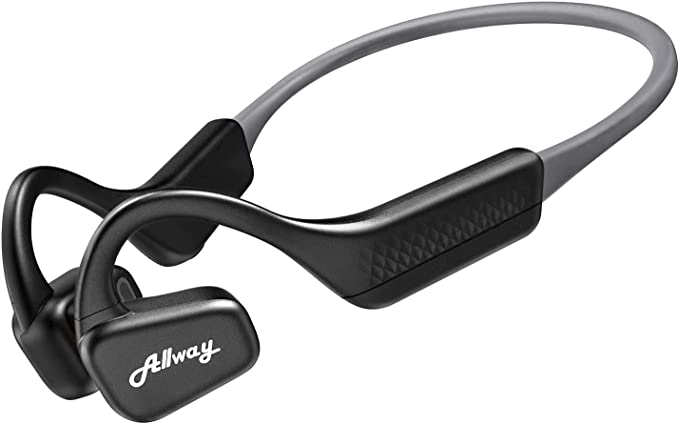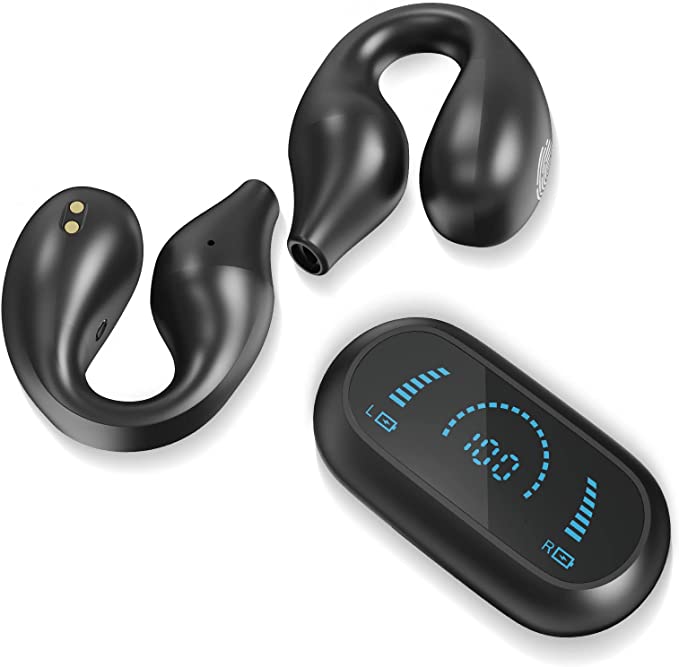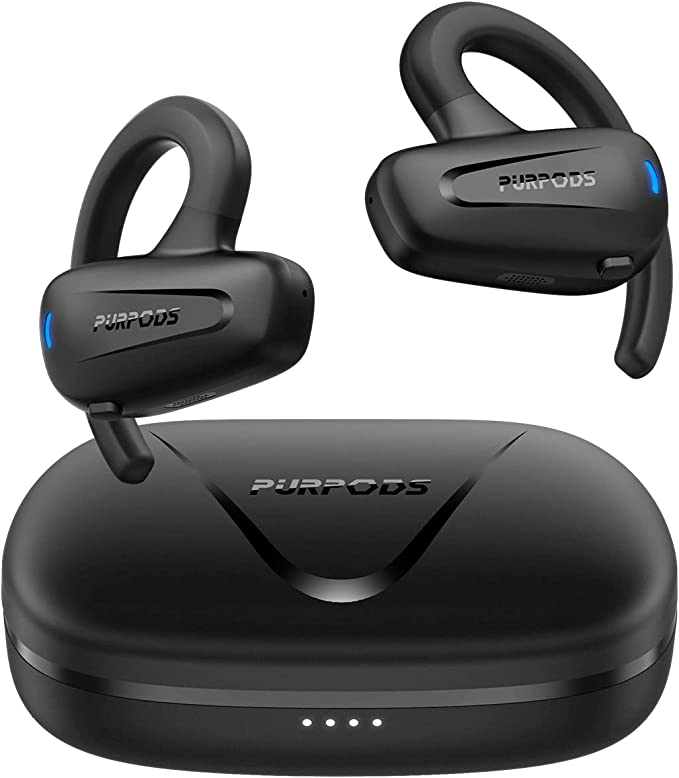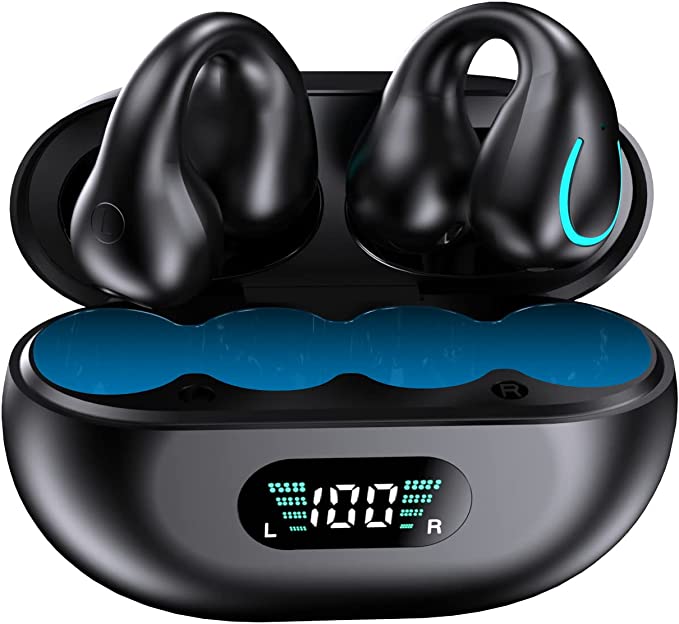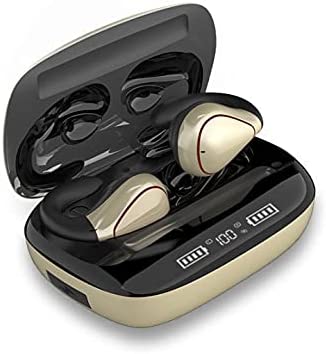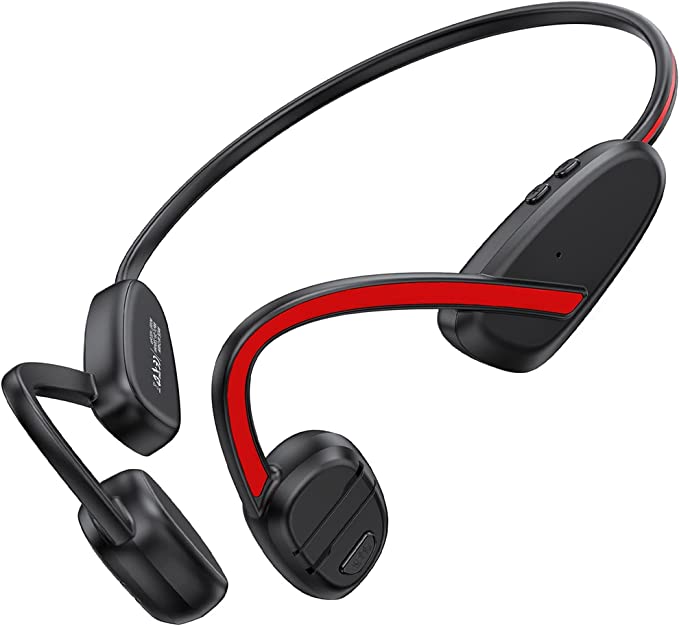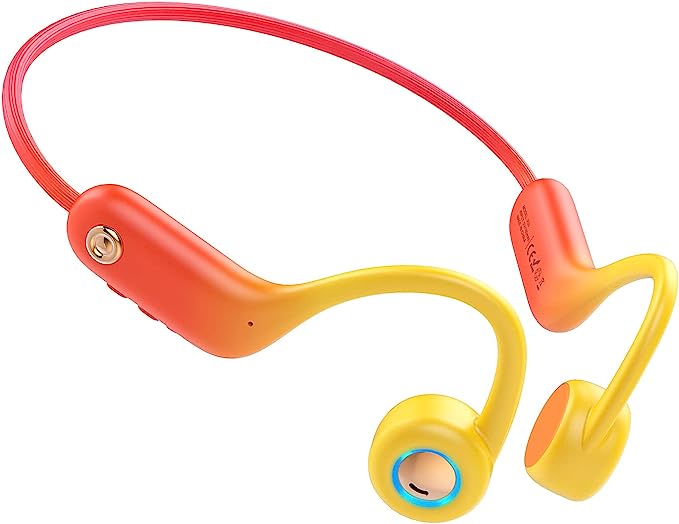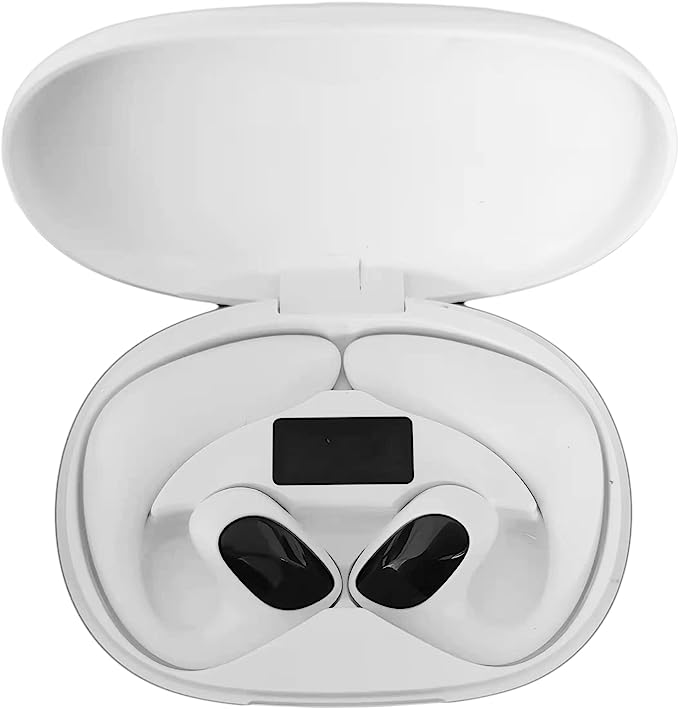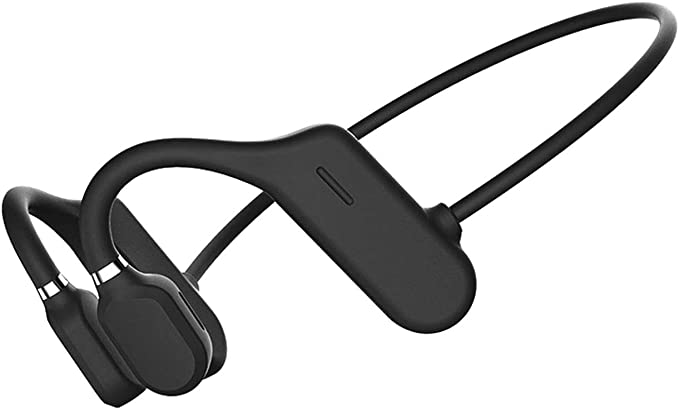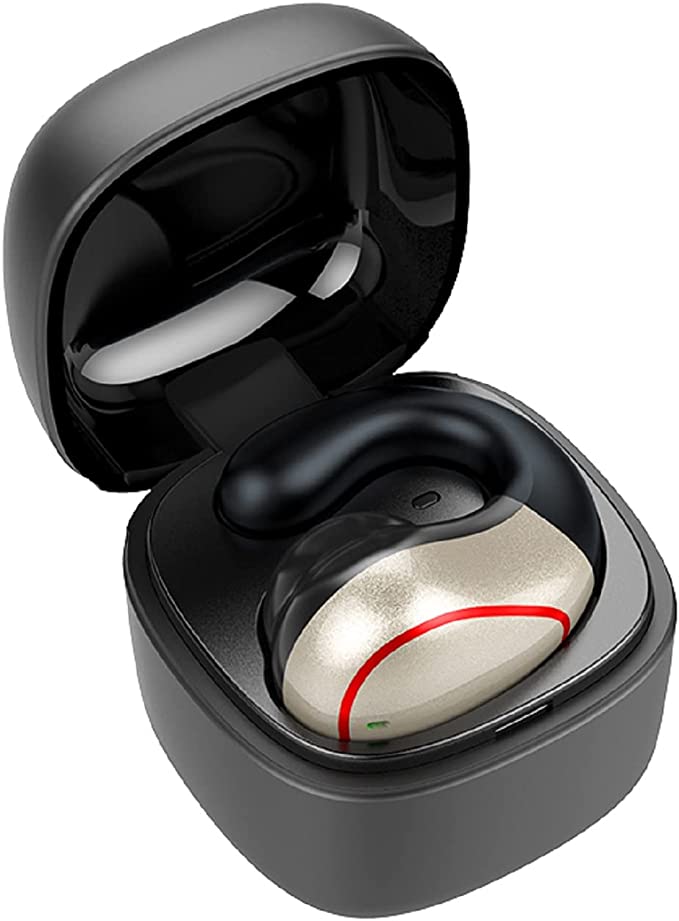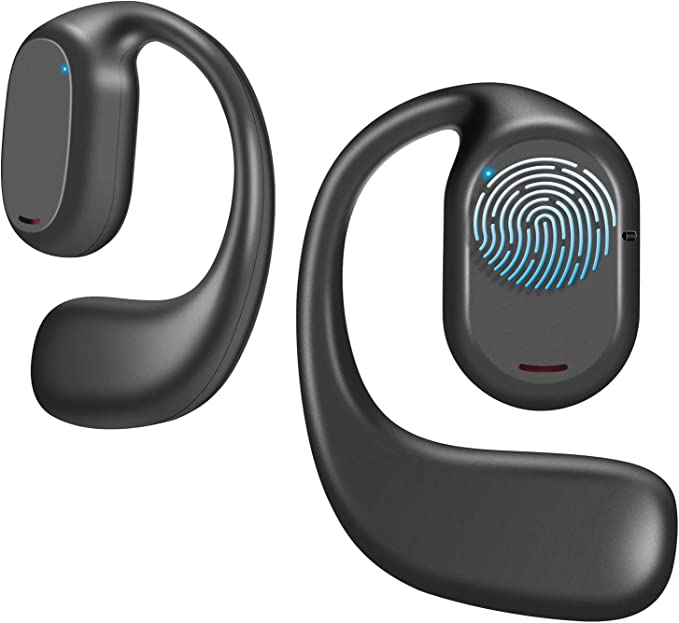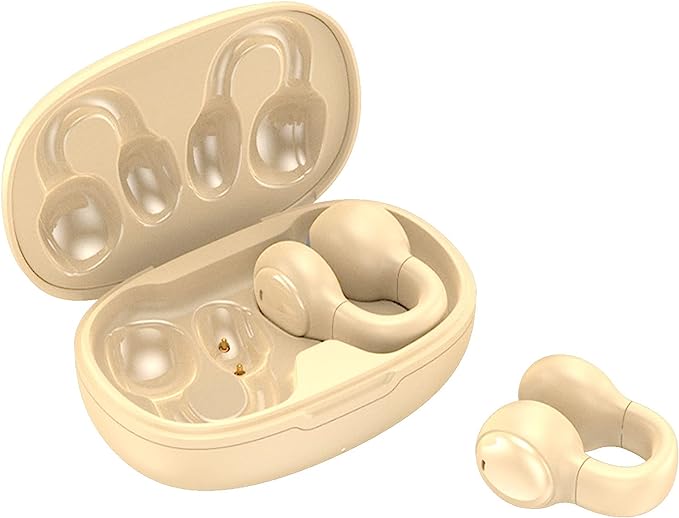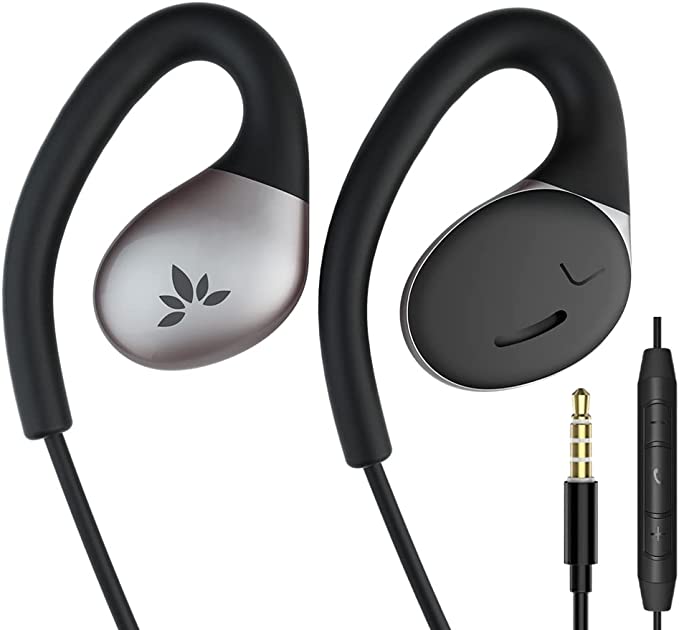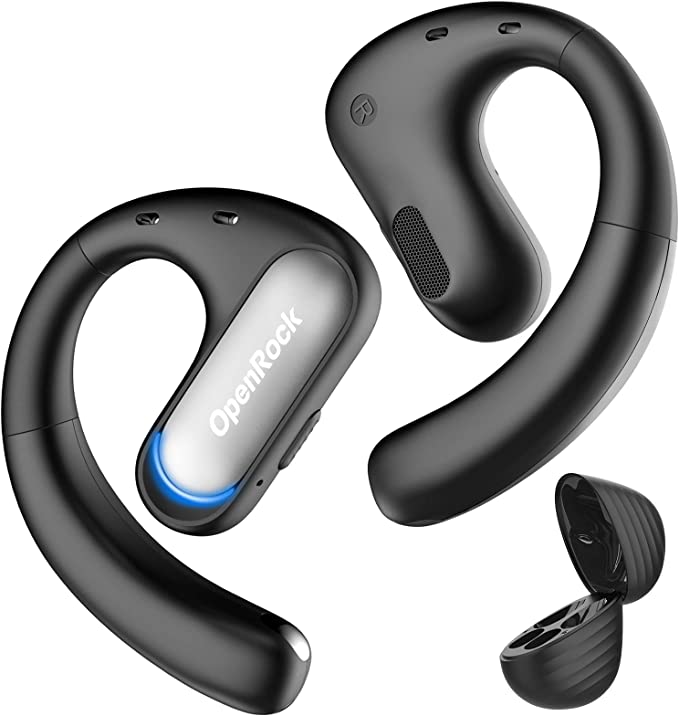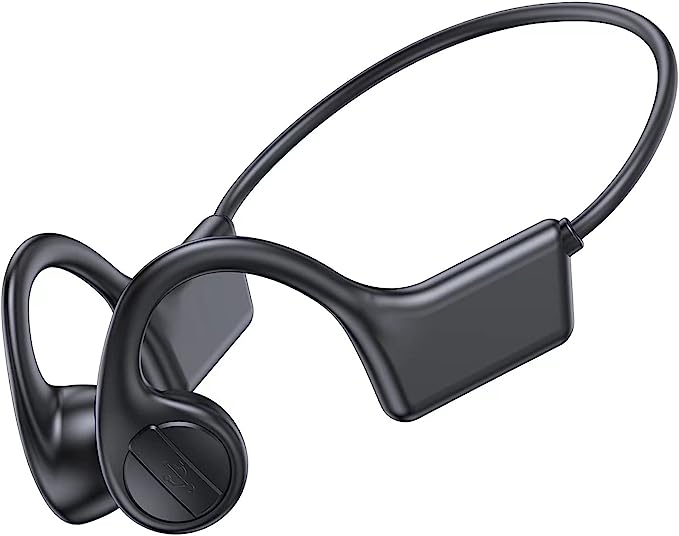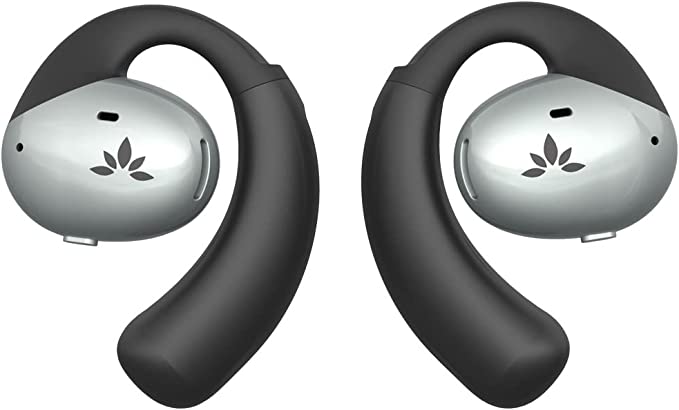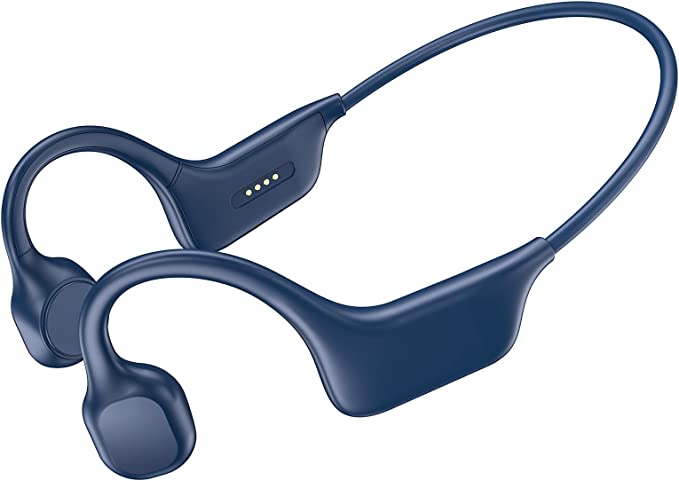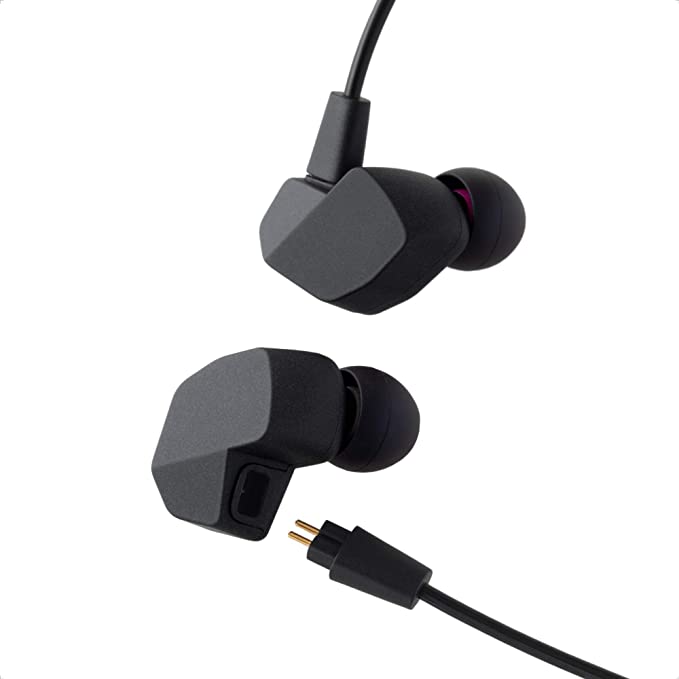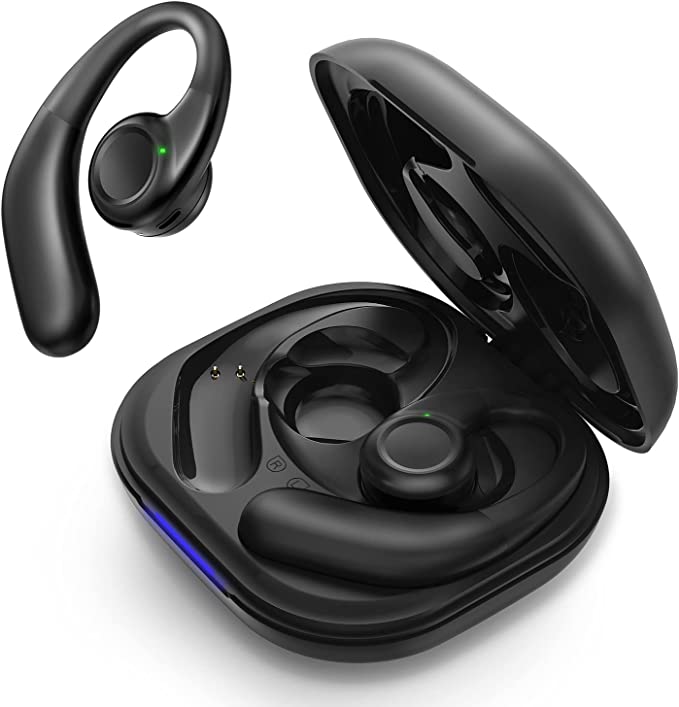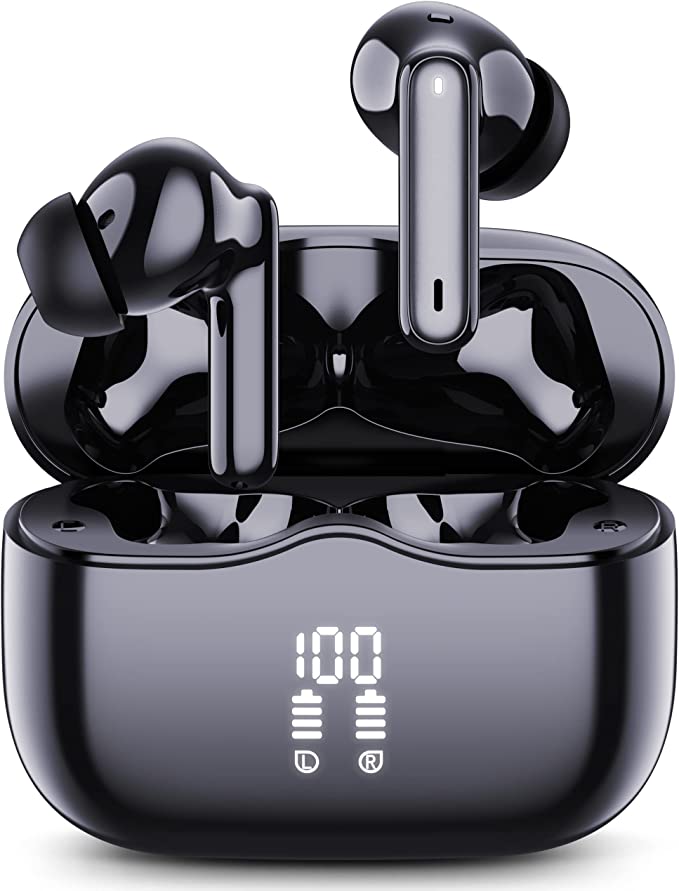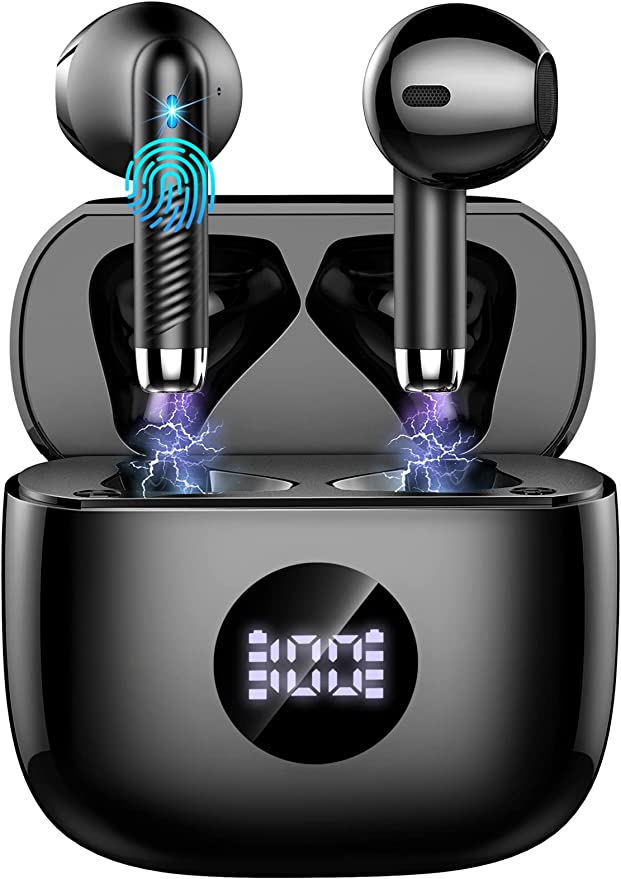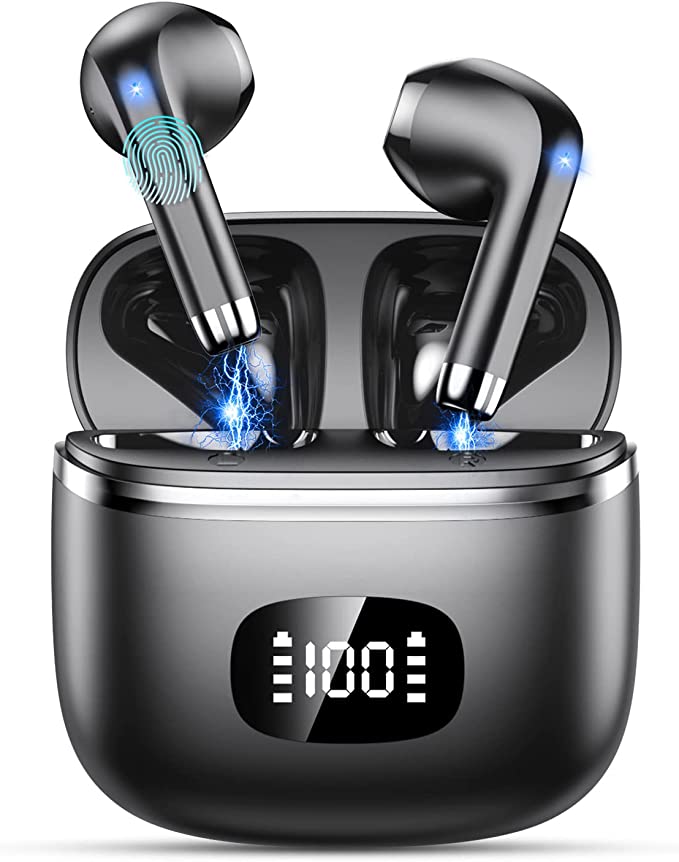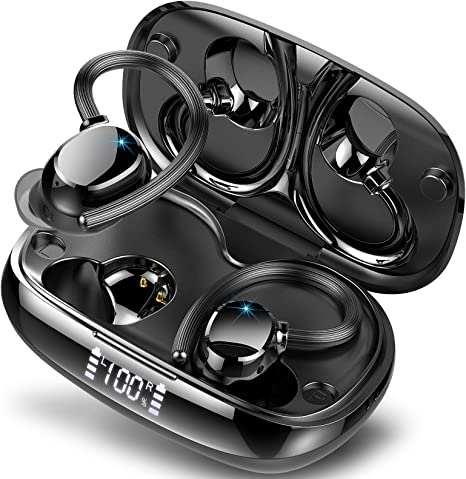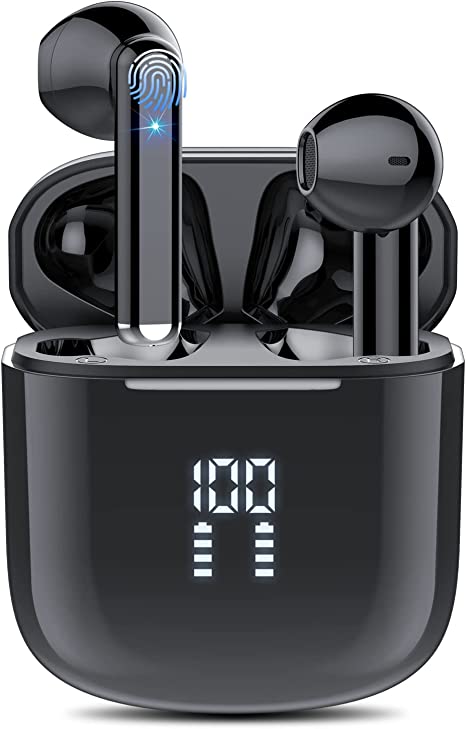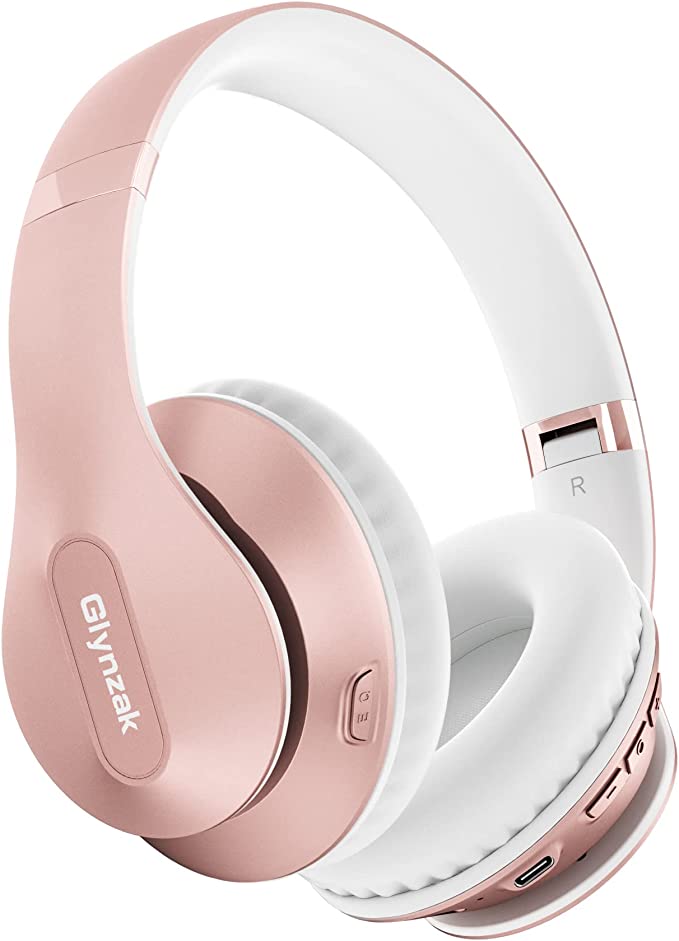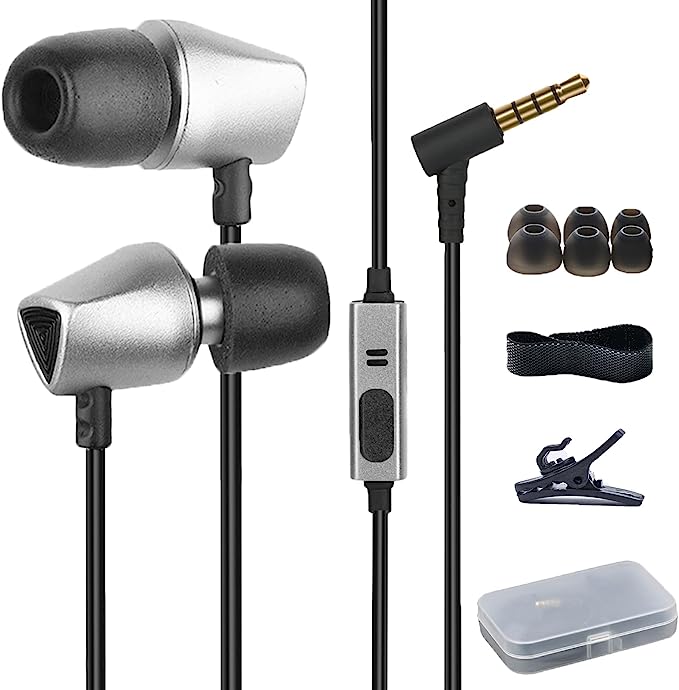WPOW Open Ear Headphones: Open Design Meets Endless Listening
Update on June 30, 2025, 9:37 a.m.
I recently stumbled upon a product page for the WPOW Open Ear Headphones that made me chuckle. Tucked away in its technical specifications, next to sensible features like “Wireless” and “Built-In Microphone,” was a baffling claim: “Active Noise Cancellation.” This is, to put it mildly, an amusing contradiction. It’s like selling a convertible sports car and highlighting its excellent submarine capabilities. How can a device engineered specifically to let the outside world in simultaneously promise to shut it out?
This isn’t just a simple marketing blunder. It’s a perfect, unintentional invitation to a fascinating journey. It beckons us to look past the sales pitch and explore the very essence of a growing category of audio gear: open-ear headphones. So, let’s accept the invitation. Let’s use this device not just as a subject for review, but as a specimen to dissect, to understand the brilliant science, the elegant compromises, and the underlying philosophy of hearing your audio without silencing your world.

How to Sing at a Cave’s Entrance, Not Inside It
At its heart, an open-ear headphone operates on a beautifully simple principle. Imagine you’re standing at the entrance of a cave. If you sing, the sound travels on the open air, mixes with the chirping of birds and the rustle of leaves, and then enters the cave to be heard. Now, imagine walking deep inside that cave and singing. The sound becomes intense, reverberant, and all-consuming, blocking out everything else.
Traditional in-ear buds are like singing deep inside the cave. They seal your ear canal, creating a tiny, private concert hall where they have complete control over the sound. Open-ear headphones, like the WPOW, are designed to sing at the cave’s entrance. They rest gently on your outer ear, using tiny, precisely aimed speakers to direct sound waves toward your ear canal. The sound arrives, but the pathway remains completely unobstructed.
This method, known as air conduction, is fundamentally different from its more famous “open” cousin, bone conduction. Bone conduction devices, like those from Shokz, bypass the eardrum entirely, sending vibrations through your cheekbones directly to your inner ear. Open-ear air conduction is less invasive; it uses the ear’s natural process, just without the plug. The result is a sound that feels more spacious and integrated with your environment—what audiophiles call a wider “soundstage.” It’s less like having speakers in your head and more like having a personal, invisible sound bubble around you.

The Ergonomics of Relief: A Thank You Note from Your Ears
One of the most consistent points of praise from users of this style of headphone is sheer comfort. This isn’t a subjective feeling; it’s a direct result of sound ergonomic design rooted in human anatomy. Your ear canal is a delicate and sensitive structure, lined with thin skin over cartilage and bone. The constant pressure and friction from an in-ear bud, day after day, can lead to what many experience as “ear fatigue” or even inflammation.
Open-ear headphones perform an elegant bypass. By perching on the robust cartilage of the outer ear (the pinna), they avoid the sensitive canal entirely. The product page lists a total weight of 94 grams, but that includes the case and cable. The earbuds themselves are incredibly light, likely only a few grams each. This minimal weight, distributed over a less sensitive area, is why users genuinely report forgetting they’re even wearing them. It’s a design that respects the body’s limits, prioritizing long-term wearability over acoustic isolation.

Your Brain’s Hidden Superpower: The Science of Situational Awareness
The most profound benefit of an unsealed ear is the preservation of situational awareness. This is where psychoacoustics—the study of how we perceive sound—comes into play. Your brain is equipped with a remarkable piece of software known as the “Cocktail Party Effect.” It’s the incredible ability to be in a noisy room and still tune into a single conversation, while simultaneously remaining aware of other key sounds, like someone calling your name from across the room.
Open-ear headphones let your brain’s natural superpower do its job. For a cyclist, it means hearing the subtle hum of an approaching electric car. For a runner on a trail, it’s hearing a mountain biker’s bell from behind. In an office, it’s being able to focus on a remote meeting while still hearing a colleague ask a quick question. This is fundamentally different from the “transparency mode” found on premium noise-canceling earbuds. Transparency mode uses microphones to capture the outside world and digitally reproduce it inside the sealed earbud. It’s an impressive feat of engineering, but it’s still a simulation. A physically open ear provides a full, unadulterated, and perfectly directional stream of reality. It’s the difference between looking through a very clean window and simply standing outside.

The Beautiful Laws of Compromise: Why Weak Bass is a Feature, Not a Flaw
Now we must return to the heart of the matter: a design choice is defined as much by what it gives up as by what it achieves. The user reviews for the WPOW headphones, averaging a respectable but not stellar 3.7 stars, are filled with comments that perfectly illustrate this principle of engineering compromise.
The most common complaint is a lack of deep, powerful bass. This is not a manufacturing defect; it is a law of physics. Low-frequency sound waves are long and lazy. To be perceived as powerful, they need to move a significant amount of air and build up pressure in a contained space—like the sealed chamber of an in-ear bud or a large subwoofer box. An open-ear design, by its very definition, offers no containment. Those long bass waves simply radiate outwards into the open air, their energy dissipating before they can create a satisfying “thump” in your ear. This is why podcasts and audiobooks sound crisp and clear, but a bass-heavy electronic track might feel thin.
The flip side of this acoustic openness is sound leakage. If environmental sound can get in, your music can get out. It’s an unavoidable trade-off. You are exchanging the absolute privacy of a sealed earbud for a connection to your surroundings. Other user-noted issues, like finicky touch controls or a limited Bluetooth range, are less about the laws of physics and more about the typical engineering and cost constraints of a product in this accessible price bracket.
Conclusion: What Kind of World Do You Want to Hear?
So, what have we learned from our little specimen? The WPOW Open Ear Headphones, and others like them, are not failed attempts at being an AirPods Pro. They are a different tool for a different job. They are a statement.
They represent a design philosophy that questions the default trend of digital immersion. In an age where technology often strives to create perfectly isolated, personalized realities, the open-ear headphone proposes a gentler integration. It suggests that technology can serve to augment our connection with the physical world, rather than supplanting it.
They are for the person who wants to listen to a chapter of an audiobook while safely walking the dog, for the remote worker who wants background music without missing the delivery person at the door, for anyone whose ears simply cry out for a break. They are an acceptance that in the real world, “perfect” sound is less important than a comfortable and safe experience.
And that brings us back to the amusing contradiction we started with. These headphones don’t offer Active Noise Cancellation. They offer something far more interesting: a conscious choice. In the constant tug-of-war between total immersion and ambient awareness, they ask you a simple, profound question: What kind of world do you want to hear?
